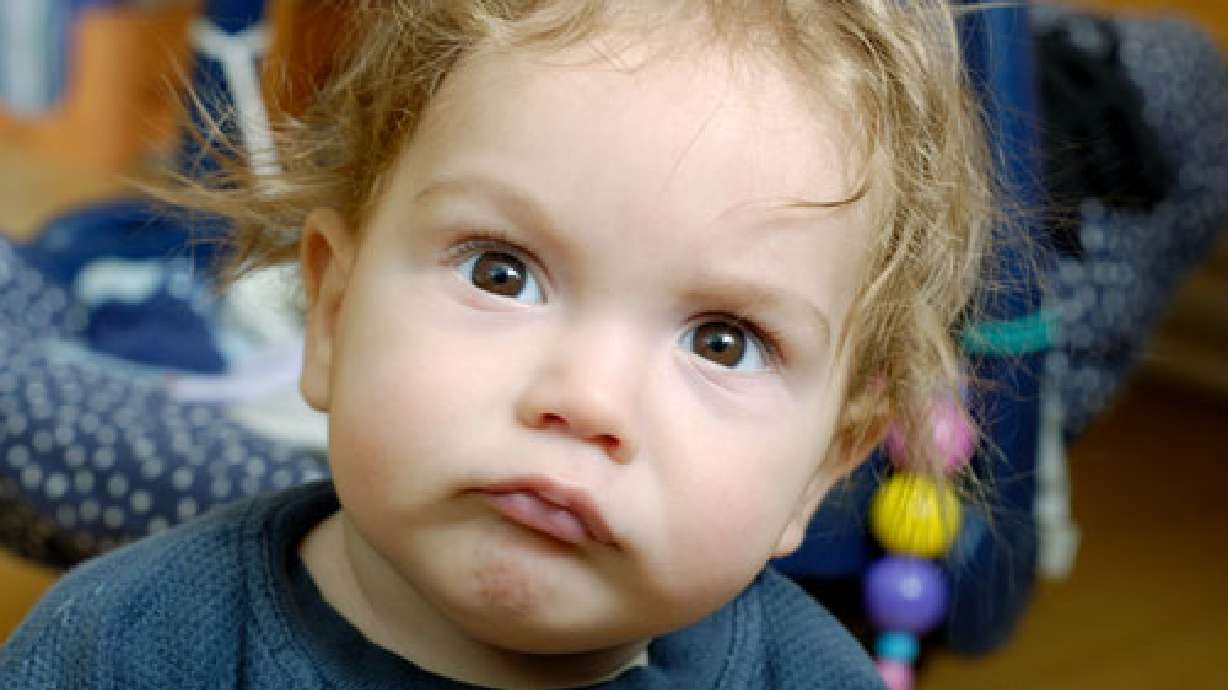Estimated read time: 3-4 minutes
This archived news story is available only for your personal, non-commercial use. Information in the story may be outdated or superseded by additional information. Reading or replaying the story in its archived form does not constitute a republication of the story.
SALT LAKE CITY — New data show that while more of Utah's children are living in areas of concentrated poverty, the numbers are still small enough to provide hope for change.
"There are things that we can do to make a difference and it's not insurmountable," said Terry Haven, director of Utah's Kids Count, an initiative that tracks the status of children in the United States. "That's the good news."
Currently, 27,000 children in the state live in areas of concentrated poverty, according to a data snapshot released by the Annie E. Casey Foundation's Kids Count initiative that compared 2000 Census data with a 2006-2010 U.S. Census Bureau American Community Survey. The number is an 80 percent increase from the 2000 figure and triple the national increase of 25 percent.
Areas of concentrated poverty are defined as locations where the poverty rate is at 30 percent or higher.
- 3 percent of the state's child population
- 80 percent increase from the 2000 figure
- 3 times the national increase of 25 percent
Still, Haven said Utah's number — which accounts for 3 percent of the state's child population — is manageable and relatively small compared to other states. For example, the study showed the number of children living in areas of concentrated poverty topped 1 million in both California and Texas. States like Colorado and Idaho had triple-digit increases in their numbers — with a 360 percent and 225 percent rise, respectively.
Eight states, including Wyoming, saw decreases in their numbers.
"It's doable," Haven said of Utah's numbers. "We can make some changes. … We can make some key policy changes and if we get some political will behind us, we can actually create some programs and possibility for those children and their families."
Almost half of the 8 million children who live in communities of concentrated poverty nationwide, however, are in families with incomes above the poverty line and 74 percent of children have at least one parent in the workforce. But according to Kids Count, living in areas of concentrated poverty impacts a child's access to quality education, safe outdoor spaces and health care.
"Even when family income is held constant, families living in areas of concentrated poverty are more likely to struggle to meet their children’s basic material needs," a Kids Count report states. "They are more likely to face food hardship, have trouble paying their housing costs, and lack health insurance than those living in more affluent areas. Children living in areas of concentrated poverty are also more likely to experience harmful levels of stress and severe behavioral and emotional problems than children overall."
It's doable. We can make some changes. … We can make some key policy changes and if we get some political will behind us, we can actually create some programs and possibility for those children and their families.
–- Terry Haven
Haven said the Utah increase could largely be explained by the recession, which pushed many families out of the middle class due to lost jobs or decreased income.
"We're seeing the effect of those children of families who were on the edge before — who weren't in poverty, but now are because of the economic downturn. It's a slippery slope," she said.
Living in an area of concentrated poverty can lead to higher incidences of teen pregnancy and increased dropout rates, Haven said. Still, there are a number of proven programs that can help, such as quality preschools and continued Medicaid eligibility.
"We really want to make sure those children are receiving services and finding programs that help lift them out of poverty. Otherwise we're going to see the cycle of poverty just go on and on," Haven said.
One of the major roadblocks, though, is funding. Haven said many of the programs and initiatives to aid children are currently being discussed in the Utah Legislature. She said data from the Casey Foundation reinforced the need for action.
"We're talking about proven programs that can make a difference," Haven said of potential solutions. "Especially in our state. Again, the numbers are small enough that little policy changes like that can make a big difference."








